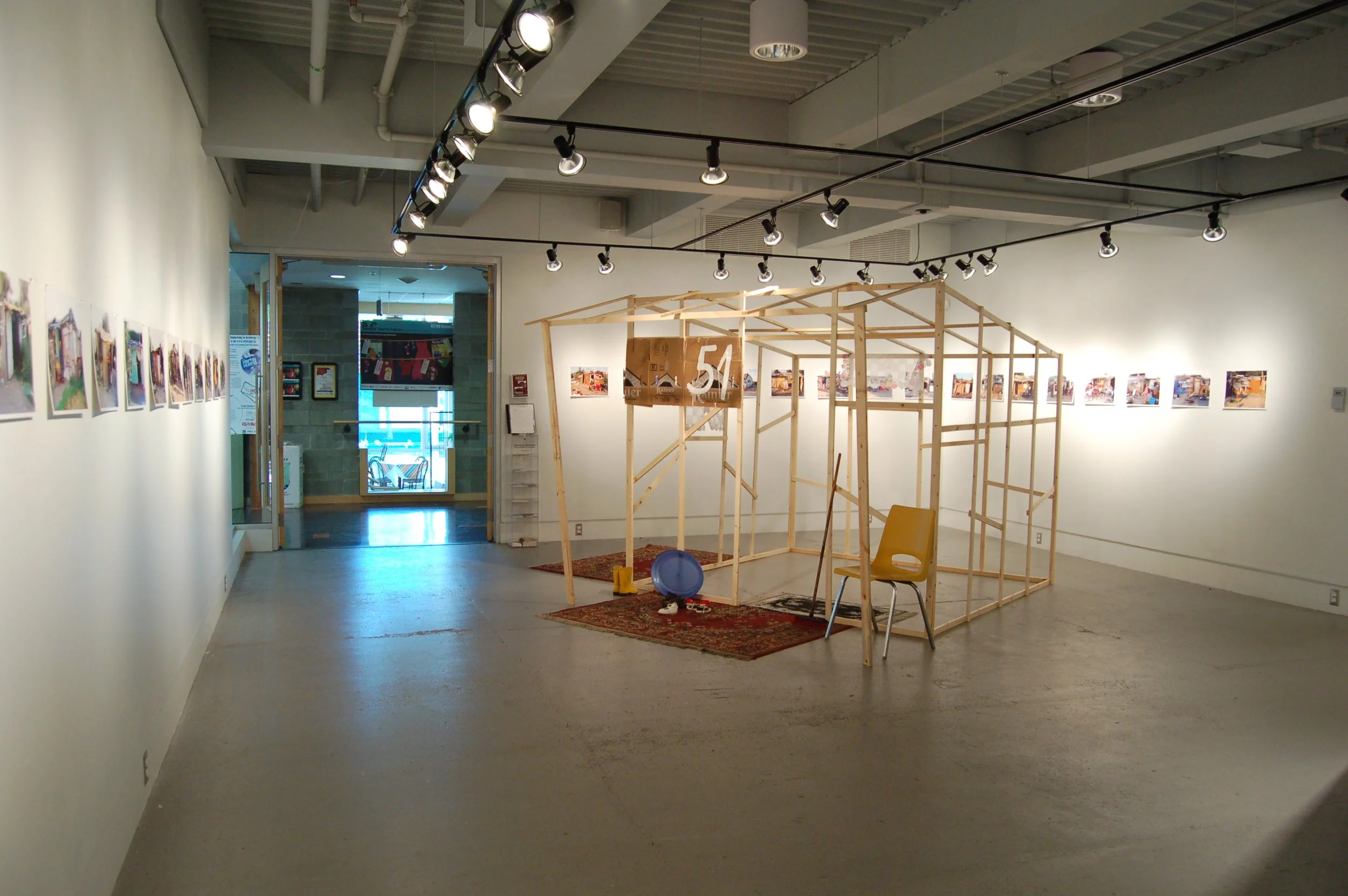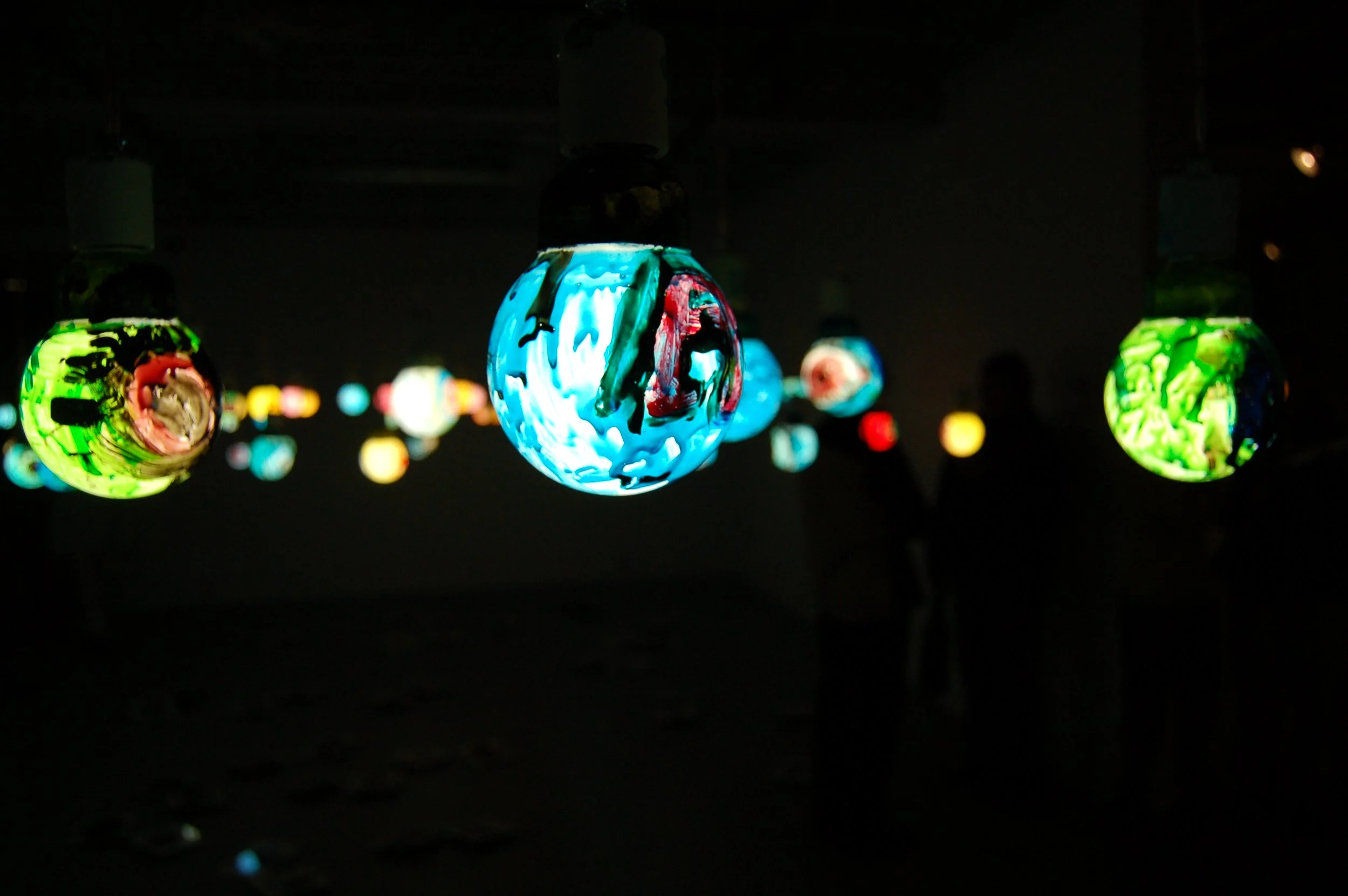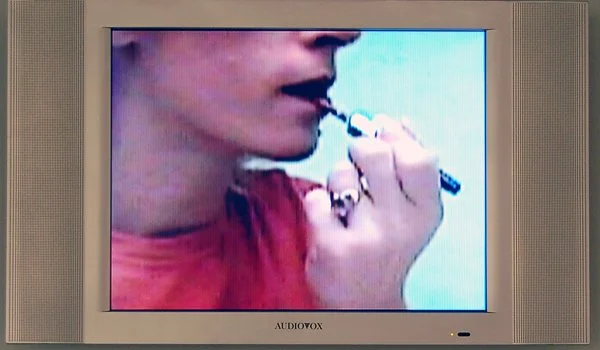
Farbia Samsami // Reframing
Fariba Samsami’s Reframing addressed political events and gendered social realities in Iran, confronting the paradigms of oppression that impact women’s lives in Iran. She responded to the rapid rise and expansion of Islamic culture in the West through technologies of information exchange and social control.
Reframing included an installation that recreated an identity-card photo booth. The viewer was invited to sit on a chair and view video footage of veiled women demonstrating in Iran. Photos were taken of visitors while they were in the booth, and could be printed and taken home. However, these photos were edited to include a veil over the viewer’s head.
Fariba Samsami was born in Tehran and now lives in Montréal. She has a BFA from Concordia University and a BFA from the College of Decorative Arts in Tehran. Samsami has exhibited at the Conseil des arts textile du Québec (Montréal), Articule (Montréal), Galerie du Nouvel-Ontario (Sudbury, Ont.), Maison de la culture (Montréal), Atelier Silex (Trois-Rivières, Que.), Hamilton Artists Inc. (Hamilton, Ont.), Grave (Victoriaville, Que.), Le CEG (Sorel-Tracy, Que.), the Centre culturel franco-manitobain (Saint-Boniface, Man.), and Modern Fuel Gallery (Kingston, Ont.).
















